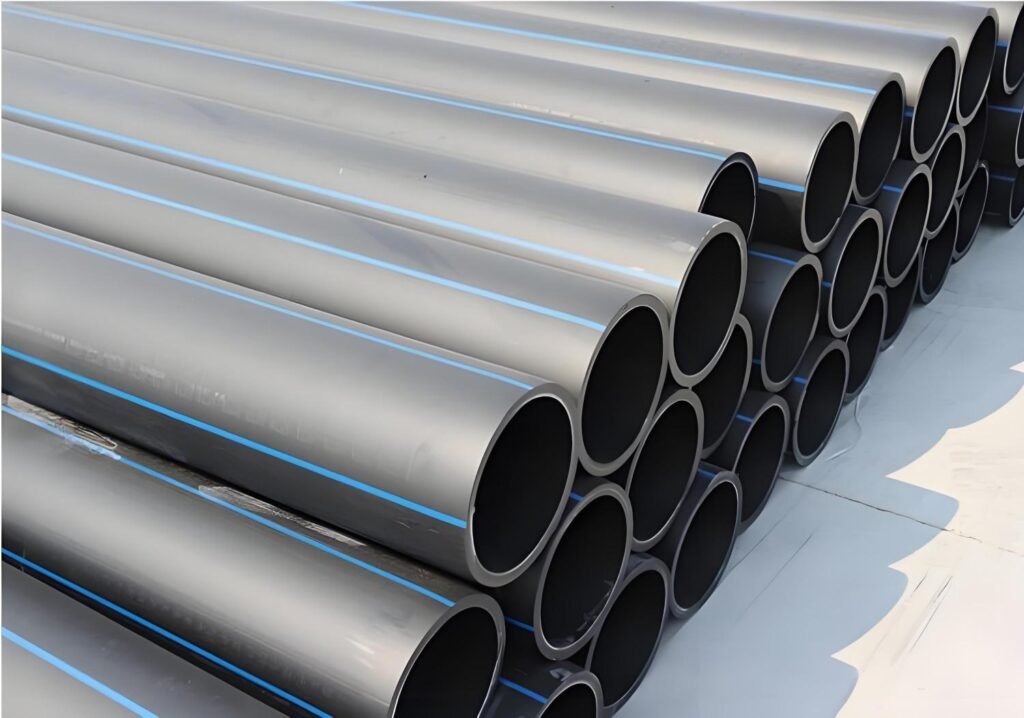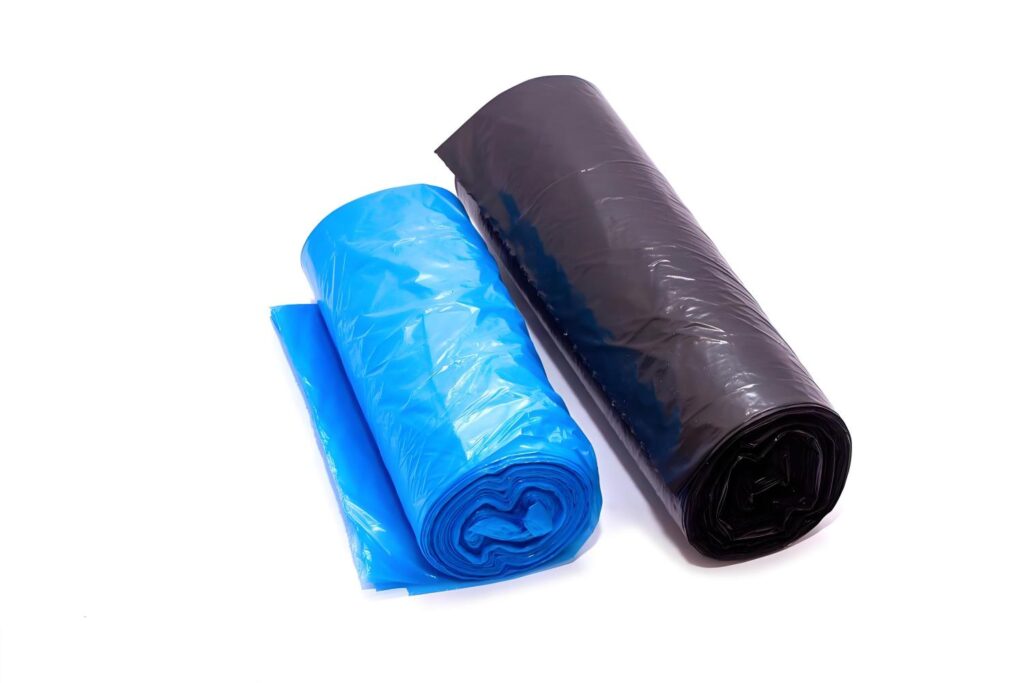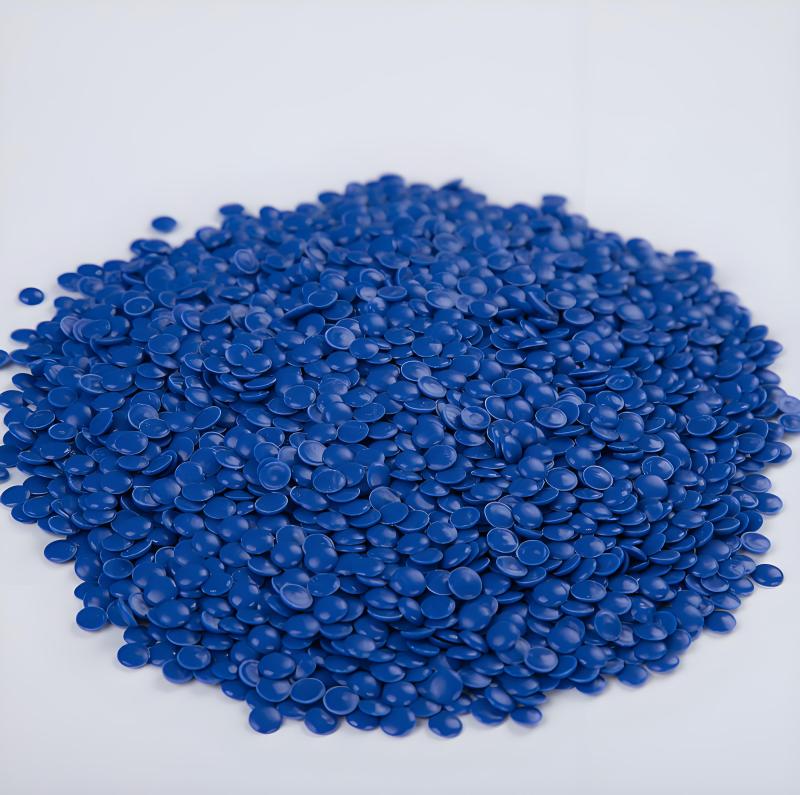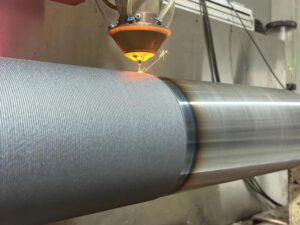Among the wide family of synthetic materials, polyethylene stands out as one of the most widely used. From simple shopping bags to complex medical implants, it has become indispensable in daily life and industrial applications. This material’s versatility, affordability, and performance explain why it accounts for a large share of the world’s plastic production.
For companies, designers, and engineers, understanding polyethylene’s properties, types, and challenges is key to making informed material choices. Let’s take a closer look at how it is produced, where it is used, and what advantages and limitations it brings.
What is Polyethylene?

Polyethylene is a thermoplastic polymer created by linking together ethylene molecules. Its chemical structure consists of long carbon chains bonded with hydrogen, which gives it strength, flexibility, and resistance to chemicals.
One of polyethylene’s greatest strengths lies in its adaptability. Depending on how the polymer chains are arranged and processed, the result can be a hard, rigid material or a soft, flexible film. This flexibility in design has allowed it to dominate sectors as varied as packaging, automotive manufacturing, and healthcare.
Polyethylene’s Place in Precision Industries
For machining professionals, polyethylene is more than just plastic—it’s a material that delivers consistent results. Its low friction and corrosion resistance make it ideal for creating parts like gears or liners, where durability is critical. Companies worldwide rely on polyethylene to produce components that stand up to wear and tear, all while keeping production costs manageable.
What Are the Different Types of Polyethylene?
Not all polyethylene is created equal. The material comes in several forms, each tailored to specific needs based on density and molecular structure. Understanding these types helps industries choose the right variant for their projects, whether it’s packaging or heavy-duty industrial components.
High-Density Polyethylene (HDPE)
HDPE is the workhorse of the polyethylene family, known for its strength and rigidity. You’ll find it in milk jugs, water pipes, and even playground equipment. Its toughness and resistance to chemicals make it a go-to for infrastructure projects where reliability is non-negotiable.
Low-Density Polyethylene (LDPE)
LDPE is the flexible cousin, perfect for plastic bags, shrink wraps, and squeeze bottles. Its softness and transparency make it a staple in packaging, where ease of use and visual appeal matter.
Linear Low-Density Polyethylene (LLDPE)
LLDPE strikes a balance, offering flexibility with added strength. It’s commonly used in stretch films for pallets or agricultural covers, where durability and elasticity are key.
Ultra-High-Molecular-Weight Polyethylene (UHMWPE)
UHMWPE is the heavyweight champion, prized for its extreme toughness. It’s used in high-stakes applications like medical implants, bulletproof vests, and conveyor belts. In machining, UHMWPE’s wear resistance makes it ideal for precision parts that endure constant friction.
Each type of polyethylene opens doors to unique applications, giving industries the flexibility to innovate. For machining experts, selecting the right variant is critical to delivering high-quality results.
How Is Polyethylene Manufactured?
The journey from raw ethylene to finished polyethylene products is a blend of chemistry and engineering. Understanding this process sheds light on why polyethylene is so accessible and versatile.
From Ethylene to Polymer
It all starts with ethylene, extracted from natural gas or crude oil. In a process called polymerization, ethylene molecules are linked into long chains under high pressure and temperature, often with catalysts like Ziegler-Natta. The choice of catalyst and conditions determines whether the result is HDPE’s rigidity or LDPE’s flexibility. This step is where science meets scalability, enabling mass production.
Shaping the Material
Once polymerized, polyethylene is melted and shaped through techniques like extrusion, injection molding, or blow molding. Extrusion creates films or pipes, while injection molding crafts precise components. In machining, polyethylene sheets or rods are cut into custom parts, offering manufacturers flexibility to meet specific project needs.
Quality Assurance
Before reaching the market, polyethylene undergoes rigorous testing to ensure it meets standards for strength, flexibility, and safety. This is especially critical for applications like food packaging or medical devices, where even minor flaws can have big consequences.
The efficiency of this process keeps polyethylene affordable, making it a staple for industries worldwide. For machining companies, access to consistent, high-quality polyethylene ensures precision and reliability in every project.
What Is Polyethylene Used For in Today’s World?
Polyethylene’s versatility makes it a star player across industries. Its applications range from everyday essentials to specialized components, showcasing its adaptability.
Packaging Powerhouse

Polyethylene dominates packaging, with LDPE and LLDPE forming plastic bags, films, and wraps. HDPE shines in rigid containers like bottles and jars, offering durability and recyclability. In a world where packaging drives consumer goods, polyethylene’s role is unmatched.
Infrastructure Backbone
HDPE’s corrosion resistance makes it ideal for water, gas, and sewage pipes. Its flexibility allows it to withstand ground shifts, making it a favorite for infrastructure projects in challenging environments.
Medical Marvels
UHMWPE is a standout in healthcare, used in joint replacements and medical packaging. Its biocompatibility and wear resistance ensure safety and longevity, critical for patient outcomes.
Everyday Consumer Goods
From toys to storage bins, polyethylene’s affordability and moldability make it a go-to for consumer products. Its lightweight nature also cuts shipping costs, benefiting both manufacturers and customers.
Machining and Industrial Applications
In precision machining, polyethylene is used for components like bearings, liners, and gears. Its low friction and durability make it perfect for industrial settings where parts face constant wear.
These applications highlight polyethylene’s ability to adapt to diverse needs, from household items to critical infrastructure. For more on material applications, explore Precionn’s machining solutions.
Advantages and Challenges of Polyethylene in Modern Industry
Polyethylene’s popularity comes from its many strengths, but it’s not without hurdles. Here’s a balanced look at what makes it shine and where it falls short.
Why Industries Love Polyethylene
- Adaptability: From flexible films to rigid pipes, polyethylene fits countless applications.
- Affordability: Low production costs make it a budget-friendly choice for manufacturers.
- Durability: It resists moisture, chemicals, and impact, ensuring long-lasting performance.
- Recyclability: HDPE, in particular, is widely recycled, supporting eco-conscious practices.
- Machinability: Its ease of processing makes it a favorite for precision manufacturing.
Challenges to Address
- Environmental Impact: Non-biodegradable polyethylene can contribute to plastic waste if not recycled.
- Heat Limitations: It softens at relatively low temperatures, ruling it out for high-heat applications.
- Sustainability Concerns: Its reliance on fossil fuels raises questions in a world pushing for greener alternatives.
By leveraging recycling programs and exploring bio-based polymers, industries can mitigate these challenges while maximizing polyethylene’s benefits.
Precionn: Precision Machining with Polyethylene Expertise
Polyethylene has become a backbone material of modern industries thanks to its versatility, strength, and affordability. While challenges related to waste and environmental sustainability remain, ongoing innovation in recycling and biodegradable alternatives holds promise for the future.
For companies looking for reliable manufacturing partners, Precionn provides precision machining solutions for global clients. Just as polyethylene continues to evolve to meet the world’s needs, Precionn remains committed to delivering high-quality, efficient, and innovative services that support industries worldwide.
Frequently Asked Questions About Polyethylene
Yes, polyethylene is a type of plastic. It belongs to the thermoplastic family, meaning it can be melted and reshaped multiple times.
Polyethylene is highly resistant to water, making it effectively waterproof. This property makes it ideal for applications like pipes, bottles, and packaging materials that need to protect contents from moisture.
Polyethylene is not naturally biodegradable, as its strong molecular structure resists breakdown by microorganisms. However, advancements in additives and bio-based polyethylene are improving its environmental footprint, though widespread adoption is still developing.
Yes, HDPE is highly recyclable. It’s commonly recycled into new bottles, pipes, and plastic lumber. Recycling programs worldwide accept HDPE, making it a sustainable option when properly managed.
Polyethylene glycol (PEG), a related but distinct compound, does not have a strict expiration date when stored properly. Its shelf life depends on storage conditions, but it remains stable for years in sealed containers. However, this question often arises in confusion with polyethylene, which, as a solid plastic, does not expire.




